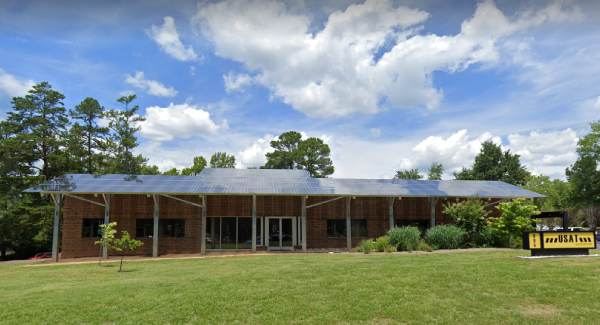When every second counts, is your healthcare team able to communicate efficiently and effectively?
During a crisis situation, there’s more than just the initial emergency call. First responders are coordinating their efforts on the ground while also relaying information to the nearest hospitals and medical facilities so that they can adequately prepare for an influx of patients. Paramedics and EMTs that are en route to and from the incident are in constant communication with law enforcement and fire officials as well as the local hospitals so that they know where to go both to provide assistance at the site and to drop off victims once they arrive at the hospital. They may also be charged with arranging alternative transportation - such as medical flights - to get victims to further away or more specialized hospitals.
Meanwhile, away from the incident site, victims with minor injuries who are able to transport themselves begin arriving at healthcare facilities and making calls to update their families, while family members begin to descend to the incident site and the hospitals to locate their loved ones and get updated information from medical teams. Various hospital departments - from the Emergency Room, Operating Room, Radiology, and more - are also internally coordinating their staff and resources to provide the best care to as many people as possible.
With all of this communication comes massive congestion on the cellular and radio networks, as dozens - or even hundreds - of people are trying to get and provide help.
The Benefits of FirstNet to Healthcare Professionals
In order to alleviate this congestion and provide first responders, public safety officials, and healthcare providers with a dedicated means of communication, the First Responder Network Authority (FirstNet) was created. By creating FirstNet®, those involved with the coordination of emergency response are able to avoid congested public networks and ensure secure, reliable communications with their team and others assisting the efforts.

Constant, Reliable Communication
While healthcare providers aren’t typically “on the ground” during an emergency, they’re still an integral part of the emergency response. EMTs and paramedics are in constant communication with area hospitals to coordinate which patients should be transported to which hospitals and to let the Emergency Room staff know the status of patients prior to their arrival.
Meanwhile, hospital staff are busy coordinating with their own teams to ensure that all available staff and resources are ready to handle an influx of patients.
Interoperability Between Devices and Applications
24x7x365 Security, Redundancy, and Technical Support
Contact Us
Share this Post














